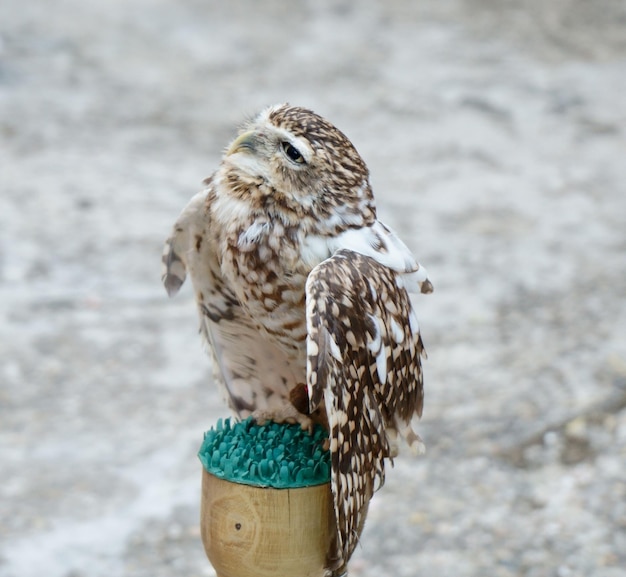Fascinating Facts about Snowy Owls

Snowy owls have a wingspan of over 4 feet, making them one of the largest owl species.
Unlike most owl species, snowy owls are diurnal, meaning they are active during the day.
These majestic birds can turn their heads almost 270 degrees in either direction.
Snowy owls have a unique ability to blend into their surroundings, thanks to their white feathers.
In the Arctic regions, snowy owls are often referred to as ghosts of the tundra due to their pale appearance.
Female snowy owls are larger than males and have a wingspan of up to 5 feet.
Snowy owls have specially adapted feathers that protect them from extreme cold temperatures.
Unlike most owl species, snowy owls are not known for their hooting; instead, they make a wide range of unique vocalizations.
These birds have incredible hunting skills and are known to catch prey as large as Arctic hares and lemmings.
Snowy owls have excellent eyesight, allowing them to spot even the smallest movements from great distances.
They have sharp talons that help them catch and kill their prey with precision.
Snowy owls are well adapted to the Arctic climate and can withstand temperatures as low as -50 degrees Celsius.
The average lifespan of a snowy owl is around 9 years in the wild.
Snowy owls breed in the Arctic regions during the summer months and migrate to more southern regions during winter.
These birds are patient hunters and can spend hours observing their surroundings before making a move.
Fascinating Facts about Snowy Owls part 2
Snowy owls have a distinct hunting style called still hunting, where they perch on a high vantage point and scan the area for potential prey.
When alarmed or threatened, snowy owls will flatten themselves and stretch out their wings to further blend into their surroundings.
During courtship displays, male snowy owls perform aerial acrobatics to attract females.
Snowy owls have been popularized in literature and media, notably in the Harry Potter series as Harry’s companion, Hedwig.
The population of snowy owls is heavily influenced by food availability and lemming cycles.
These birds have fluffy feathers on their legs and feet, which act as natural insulation in cold climates.
Snowy owls have been known to fly long distances, with some individuals recorded traveling over 2,000 miles during migration.
The color of a snowy owl’s plumage can vary between individuals, with some having darker markings than others.
Snowy owls have keen hearing, allowing them to detect prey hidden beneath the snow.
These birds have a unique adaptation where they can swallow their prey whole and regurgitate indigestible parts, such as bones, in the form of owl pellets.
Snowy owls are expert fliers and can reach speeds of up to 50 miles per hour.
These owls have a characteristic black beak that contrasts with their white plumage.
Unlike most owls, snowy owls are known to migrate during the summer months, switching their usual winter and summer habitats.
In certain Inuit cultures, snowy owls are considered spiritual protectors and are associated with wisdom.
Snowy owls are highly territorial and will fiercely defend their nesting areas from intruders.
Females will lay around 3-11 eggs in a well-built nest made from the surrounding environment.
The male snowy owls play an active role in incubating the eggs, sharing the responsibility with the female.
Snowy owls have specialized feathers on the edge of their wings, allowing for silent flight.
These owls have a varied diet that includes mammals, birds, and occasionally fish.
Snowy owls have excellent camouflage abilities, even when perched on the ground or rocks.
These birds usually build their nests on slight elevations, such as mounds or slight hills, to ensure better visibility of the surrounding area.
The beautiful yellow eyes of a snowy owl are highly adapted for hunting in low light conditions.
In some regions, snowy owls are considered to bring good luck or prosperity.
Despite their large size, snowy owls are not aggressive towards humans and will usually fly away if approached.
Although the exact reason is not fully understood, snowy owls occasionally venture far south of their usual range, a behavior known as an irruption.
During the breeding season, male snowy owls showcase their white plumage prominently to attract potential mates.
The primary diet of snowy owls, especially during the breeding season, consists of lemmings, which are small rodents.
The exceptional vision of snowy owls allows them to spot prey even from high altitudes.
Snowy owls have strong legs and talons that can exert great force when capturing and holding onto their prey.
These magnificent birds are an important symbol of beauty, resilience, and adaptability in the Arctic ecosystem.

